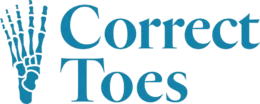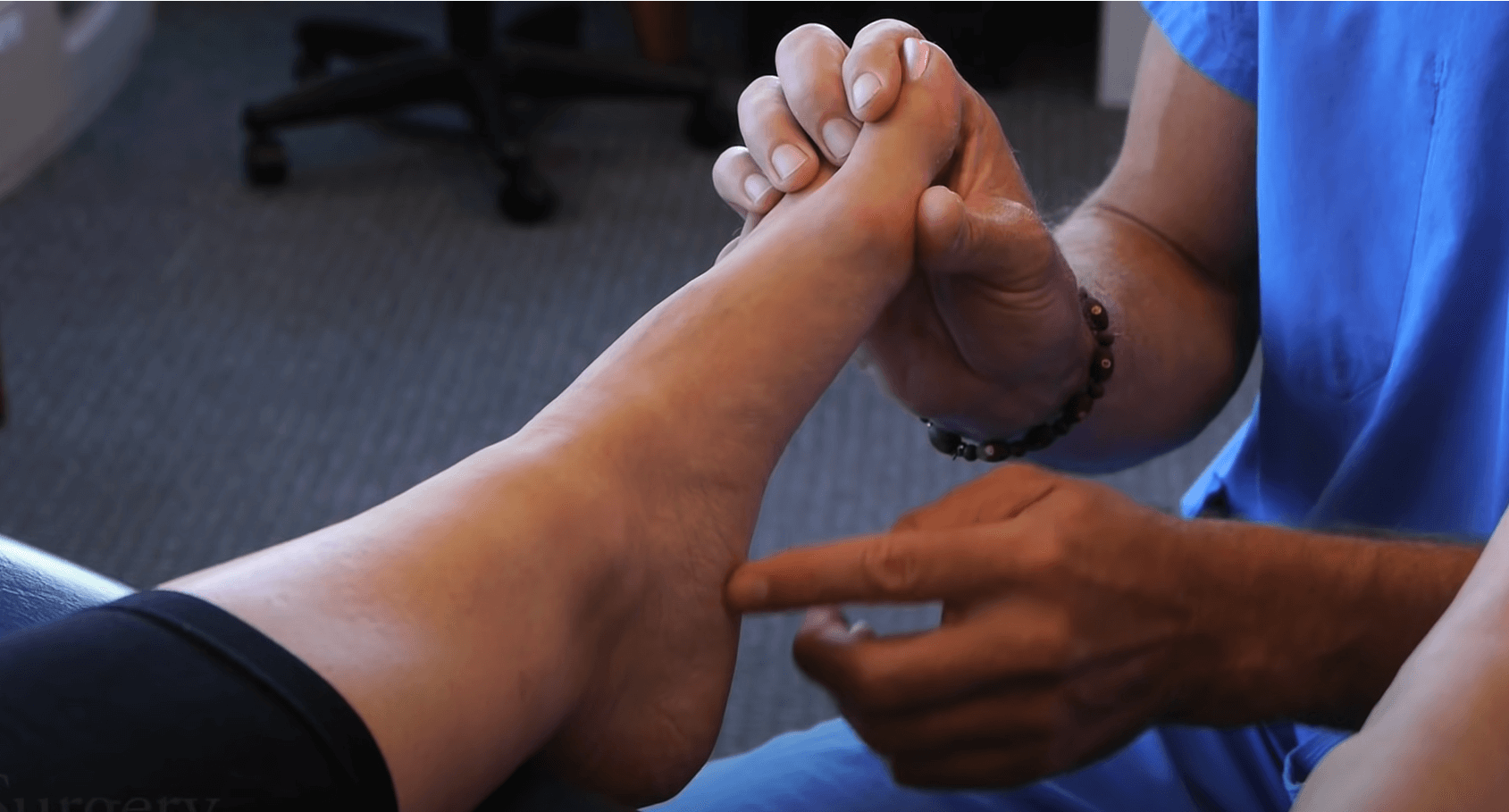Therapeutic Associates Inc (TAI) is physical therapist-owned and operated partnership of unique clinics that aim to be an integral part of an individual’s journey toward positive health and wellness. TAI phsycial therapy clinics are located throughout Oregon, Washington, California, and Idaho. Many TAI practitioners have incorporated Correct Toes into their practices, and we were curious about their, and their patients’, experiences. We recently interviewed Belen Vala-Haynes, PT, DPT, OCS of Northeast Portland PT and Julie Dresch, MS, PT, OCS of Ballard PT. What follows is our discussion:
CT: Please tell us a bit about yourself and your PT clinic.
BVH: I work at a manual therapy focused clinic – meaning that we do hands-on work in combination with a very specialized home exercise program aimed at improving musculoskeletal problems. When we see our patients, we aim to give them a hands-on approach as needed with soft tissue work and mobilizations or stretches that the patient can’t do or that are aimed to progress their body area impairments and carried over with their home exercise program.
BVH: I myself am a physical therapist (PT), and I have my board certification in orthopedics (OCS), and I have been through some specialized training through Kaiser’s residency program in manual therapy. My personal philosophy is: talk to patients, listen what they want to get out of PT and try to give that to them. I think it is really important to explain what I can do and what their role is in their own improvement. I let them know that they need to take responsibility for their injury in order to get better, because they aren’t going to be in PT forever.
JD: Julie Dresch MS, PT, OCS. My clinic is in the Ballard neighborhood of Seattle. We are a busy outpatient practice with 3 full-time physical therapists, and we specialize in general orthopedics. We have an active group of employees from our front office to professional staff who pride themselves on creating great experience for our customers.
CT: What are the most common foot complaints you hear from your patients?
BVH: The most common foot complaints I treat are plantar fasciitis, post tibial dysfunction and generalized foot complaints from equinus posture in the foot (tight calf syndrome).
JD: We see a great deal of foot and ankle patients at TAI Ballard PT. The injuries are quite varied including plantar fasciitis, a variety of tendon pathologies, great toe arthritis, ankle sprains, and post-operative management.
CT: What are patients’ initial reactions when they see or experience Correct Toes?
BVH: Most of the time they really love them. I have them try them on to see what they do for their foot alignment. Then I make them walk around in them and usually that is where they are sold. The only problem I encounter is the price point – it’s sometimes a hard sell, but usually if they really want to get better, they buy them.
[CT: To address any concern about the Correct Toes price-point, please visit our Correct Toes Advantages page.]
JD: On observation, they look a little silly (thank my 3 year old, for me describing everything as silly!). With a good explanation on neutral foot positions and the effect returning to a nice wide forefoot can have on mechanics, pain relief, and muscle recruitment, they are usually willing to try. I almost always have foot/ankle patients try on our clinic pair (we keep all sizes on hand in our gym for trials), then have them perform balance and gait activities with and without so they can feel immediate changes..
CT: What results have you seen in your patients using a natural foot health approach?
BVH: I have had good results in the patients that work really hard at home to strengthen their feet. The ones that want me to do all the work, never feel satisfied. They may see some quick improvement with wearing the Correct Toes, but if they don’t do anything else they tend to plateau and get frustrated. They have to do the work.
JD: We live in a very educated world, and I think people are doing more proactively to find out about conservative and natural treatments. I have had nothing but praise for our approach to trying to find solutions that our own bodies can be trained to manage.
CT: Will you share your favorite foot rehabilitation tip or exercise?
BVH: I like tibialis anterior strengthening without toe extensor use – so you curl your toes, keep them curled and them tap your foot. I also give a lot of calcaneal eversion self mobilizations and a “Foot Rainbow” – which is a pronation/supination active foot exercise.
JD: Strengthen your hips along with your feet! Never ignore the top of the chain, because we are only as strong as what the foot is attached to.
CT: Please feel free to share a patient or personal testimonial about recovery from a foot problem, using Correct Toes and natural foot care.
BVH: I wear the Correct Toes everyday, and it has done wonders for my bunionette on my right foot!
Thanks, Belen and Julie, for sharing your experience and for all your work in helping alleviate foot pain in the Pacific Northwest!






